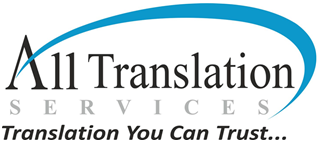How is Canada Addressing Translation Challenges?
___Canada is a pro-immigrant nation, and the country is making efforts to address the language barriers that newcomers experience. With over 200 distinct languages spoken in places like Ottawa and Toronto, many immigrants find it difficult to communicate in their new environment.
Issues of misinterpretation in the healthcare sector can have significant repercussions. To ensure that these immigrants feel secure and accepted in Canada, translation techniques are being used in various industries and institutional sectors.
Looking for a local language translation service provider in Regina, Richmond Hill, Richmond, Saskatchewan or in Saskatoon? Our Toronto translation company will be happy to help you.
Let’s discuss the challenges that come with translation and the strategies that Canada is employing to overcome them.
Understanding the Structure of the Language
Being bilingual does not make someone a professional translator. To be successful in the job, one must understand the cultural characteristics of both the source and target languages. This means having an understanding of the structural differences between languages. For example, English and Arabic have completely different grammatical rules.
To meet this challenge, translators must have a comprehensive knowledge of both languages’ grammatical distinctions. This allows them to reorder words and phrases in the target language to convey the desired meaning.
Taking into Account the Cultural Differences
Idioms and other linguistic phrases that are unique to a culture can be difficult to translate. When the source and target languages have significantly different cultures, the literal and real meanings of idioms can be completely different. To overcome this challenge, translators must understand the correct meanings of the terms in the source language and then look for equivalents in the target language.
Terms that Have No Alternatives
Sometimes, there are no equivalents in the target language for certain words in the source language. This could be due to a lack of analogues in other languages, multiple meanings, or a lack of ideas and experiences associated with the term. In Canada, translation industries are addressing this problem by restructuring sentences to ensure that the meaning remains unchanged.
In conclusion, Canada is making efforts to provide the best possible environment for its immigrants. The country is using various strategies to overcome the challenges posed by translation. By understanding the structure of the language, taking into account the cultural differences, and restructuring sentences when terms have no alternatives, Canada is making sure that its citizens are able to communicate effectively.
